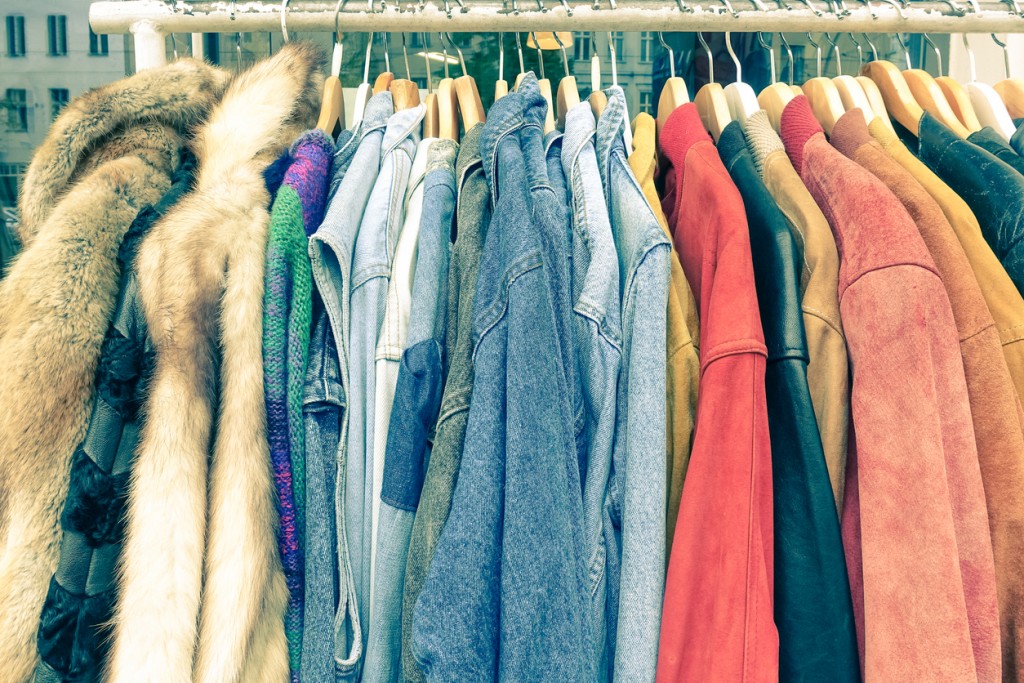As winter winds down, here’s a look at how a few unique coats and jackets got their names.
Blazer
Also known as a sportjacket, the blazer doesn’t seem to be something one would associate with burning flames, or a “blaze.” They’re actually quite the opposite—tasteful, sedate, and usually found in subdued colors like navy blue or tan. But it wasn’t always that way. In 1825, the Lady Margaret Boat Club was founded at Cambridge University. This women’s competitive rowing squad sought to distinguish themselves from the older, storied men’s team, whose members wore conservative striped jackets. The Lady Margaret Boat Club’s members wore bright scarlet sporting jackets—which quickly earned the nickname “blazer.”
Pea Coat
The waist-length (or longer) coat, generally made out of wool, keeps its wearer quite warm in the winter. A simple, wide-labeled, double-breasted design has helped keep the pea coat in style for decades—they first gained traction in the U.S. in the 1700s, believe it or not. But they’re rarely “pea-colored,” or have anything else to do with the little green vegetables, so where do they get their name? There are two theories. One is that it’s an English-ified version of a Dutch word, pijakker, pronounced “pea jacket.” Pij is the type of twill-like fabric used when the coats were first made. The other is that soldiers in Europe and the Americas wore those same kinds of coats but called the fabric “pilot cloth,” because the fabric kept even pilots flying in frigid conditions warm.
Windbreaker
Obviously, these lightweight jackets, often made from a shiny, non-porous fabric, are worn to protect from the wind. But it’s actually a registered trademark—the John Rissman Company of Chicago, Illinois, debuted a line of snug gabardine jackets in the 1940s and called them “Windbreakers.” (Around the world, the same styles of jackets are called windcheaters and windjammers.)









